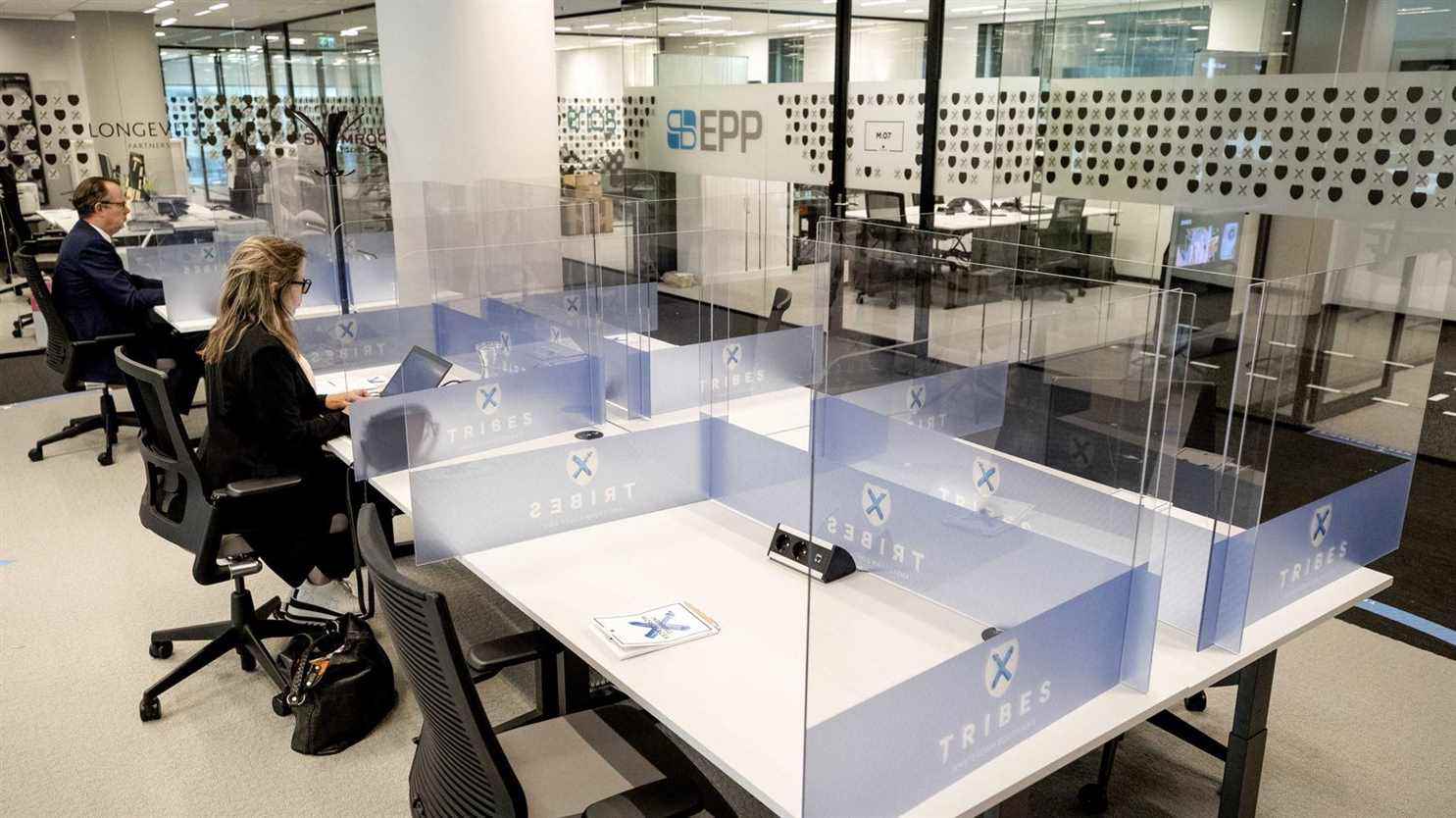All companies are doing it. Teleworking has become widespread and everyone no longer needs a permanent place. To know who is going to settle where and how to organize workspaces, companies are equipping themselves with digital solutions from beyond the Altantic.

Posted
Update
Reading time : 1 min.
Everyone now knows the little green lights that indicate a free space in a parking lot. The system also exists for offices. It was reserved for a few big banks on Wall Street, New York. Here it has just been adopted by two French banks, Société Générale and the BPCE group. They have just fitted their desks with sensors, placed below the work table, which allow them to indicate whether or not a position is occupied for the day. The information goes up in a mobile application reserved for this purpose. We will know before going to the office if we will be able to sit next to our favorite colleague or if we will have to find another place …
The number of applications for managing the “flex office”, literally the “flexible office”, is exploding. We must take care of the new reality: the hybrid work organization in which employees alternate teleworking and work on site, at their convenience. The automaker Stellantis has adopted a solution called Coviflex, which allows, from your computer or smartphone, to indicate when you will be present at the office and at what location. You can do it a week in advance or more. By the way, it’s useful for the company restaurant. Stellantis is not the only one to need to regulate the presence of its employees. ManoMano, the Mutuelle Générale, the Caisse des Dépôts and even Orange have adopted this type of solution.
Instead of one position per person, according to the commercial real estate consulting firm JLL, it is 0.67 positions per person that must be counted now. But suddenly, companies are reorganizing. Not necessarily to reduce their number of square meters. Rather to rethink their organization. Take up space on fixed desks to create spaces to be able to telephone without disturbing anyone. Make room to work in pairs, in a group, or on the contrary alone in peace.
Especially since companies are moving to city centers. They take smaller, but more central, easier to access for their employees. We have to make employees want to come and work, in this new hybrid world of work that the crisis has created.
